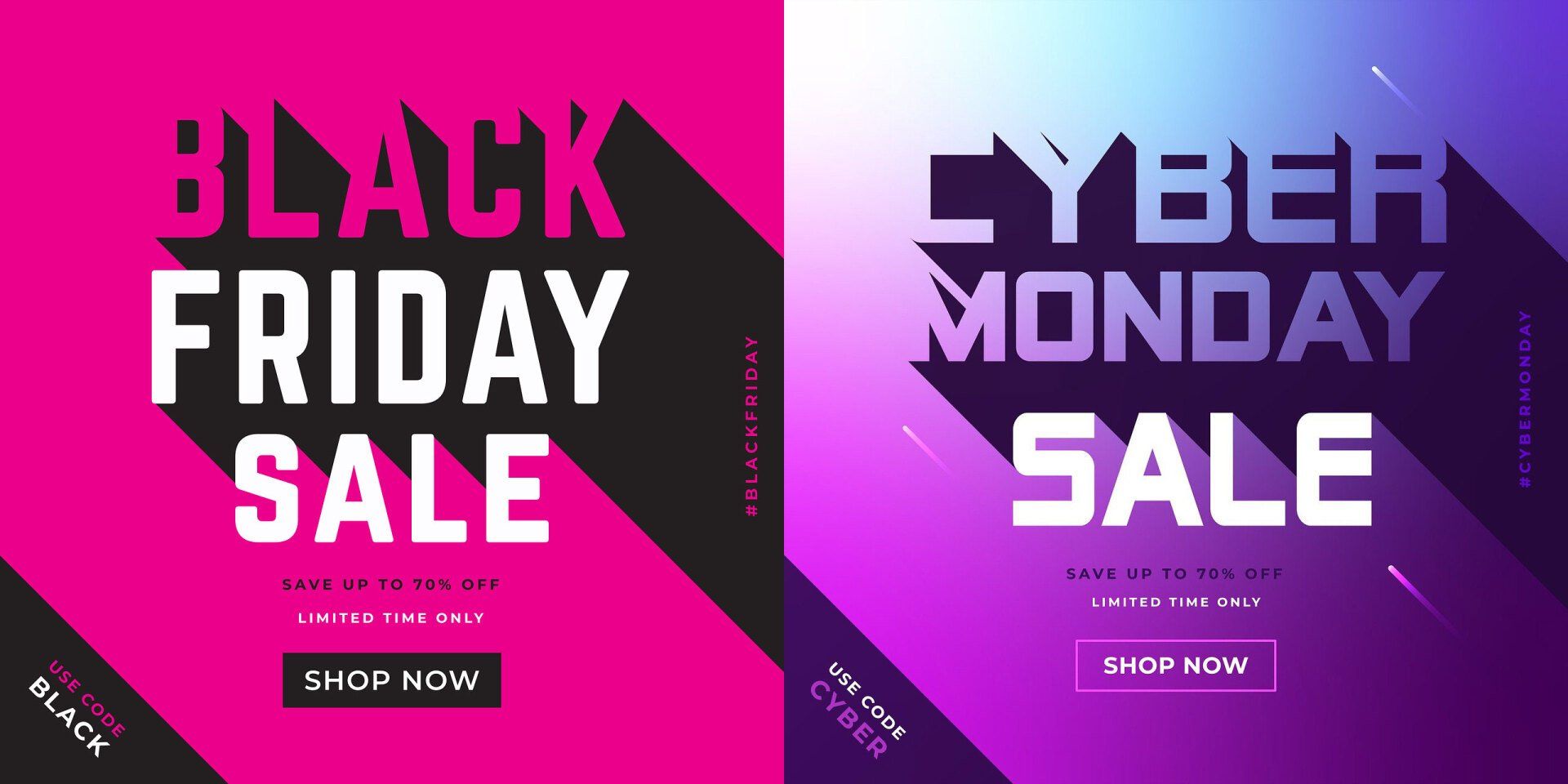


PUSH notifications and SMS text messages are a very effective way to communicate important information to your customers. Sending a personalised message that offers something of value to customers is a powerful marketing tool.
With the latest smartphones, customers will see the messages right from the phone's lock screen. Most messages are opened within the first few minutes of receipt. So what is the difference between PUSH notifications and SMS? And which is more effective?
PUSH notifications are alerts triggered by an app that a customer has downloaded to their mobile device.
PUSH notifications work by sending a message to the app inbox or displaying on the main screen of a customer's smartphone, similar to a pop-up ad in a browser. The message could contain an offer, a greeting, an update, or an invitation to an event – all designed to focus the consumer’s attention to the app that they downloaded.
The app doesn't have to be open for the alert to appear. If they do not open it immediately, the app icon will display a red dot to indicate that a message or messages have been received. The user can open the app and find the message in their notifications.
PUSH notifications can contain hyperlinks to websites, landing pages, or internal links to content within the app.
An SMS text message is delivered straight to the user's Messages inbox on their mobile device.
SMS (or short messaging services) allows you to send text messages of up to 160 characters in length to your customers.
Recipients don't need to download any special application in order to access these messages. Recipients can access these messages at any time.
While PUSH notifications and SMS messaging are two highly effective tools in your marketing toolkit, they are two completely separate tactics. There are pros and cons to both.
For instance, SMS delivery is reliable, and customers are practically guaranteed to see your message. But in order to receive an SMS, recipients must have given permission on the company website when they set their preferences and officially opted in to the business' text marketing campaigns and promotions. In mass text messaging, this is an extremely powerful tool when it comes to building a high-value text marketing list. In fact, with a 98% open rate, SMS messages get read more than email.
With SMS, recipients must provide express written consent and opt in before your business can send them SMS messages. That can be a barrier to entry.
PUSH notifications are easier to manage from an opt-in standpoint. App users will be asked to 'Allow' PUSH Notifications when they download your app and you can encourage them to do so by offering benefits and/or rewards. Once opted in, recipients manage app permissions from their mobile devices, and they’re less likely to take the time to go into their settings to tweak the frequency and type of notifications. However, it is important to ensure that your messages are relevant and valuable to your customers to avoid them opting out.
With customers so invested in downloading and using mobile apps, PUSH notifications are a relatively easy way to start getting your message out and engage with your customers. As soon as a customer has downloaded your app and allowed PUSH Notifications, you can automate or schedule your messages to them.
As with all marketing tools, both have advantages and are powerful, effective means of driving engagement and communicating with your customers.




Based in Merstham, Redhill, Surrey
RH1 3HA, UK.
Call: 07770 876785
Registered with the Information Commissioner's Office (ICO) Ref. ZA772155
©2025 Barbara Pilgrim T/A FactorEstudio
Website designed and built by
Barbara Pilgrim at
Eazi-Sites.com